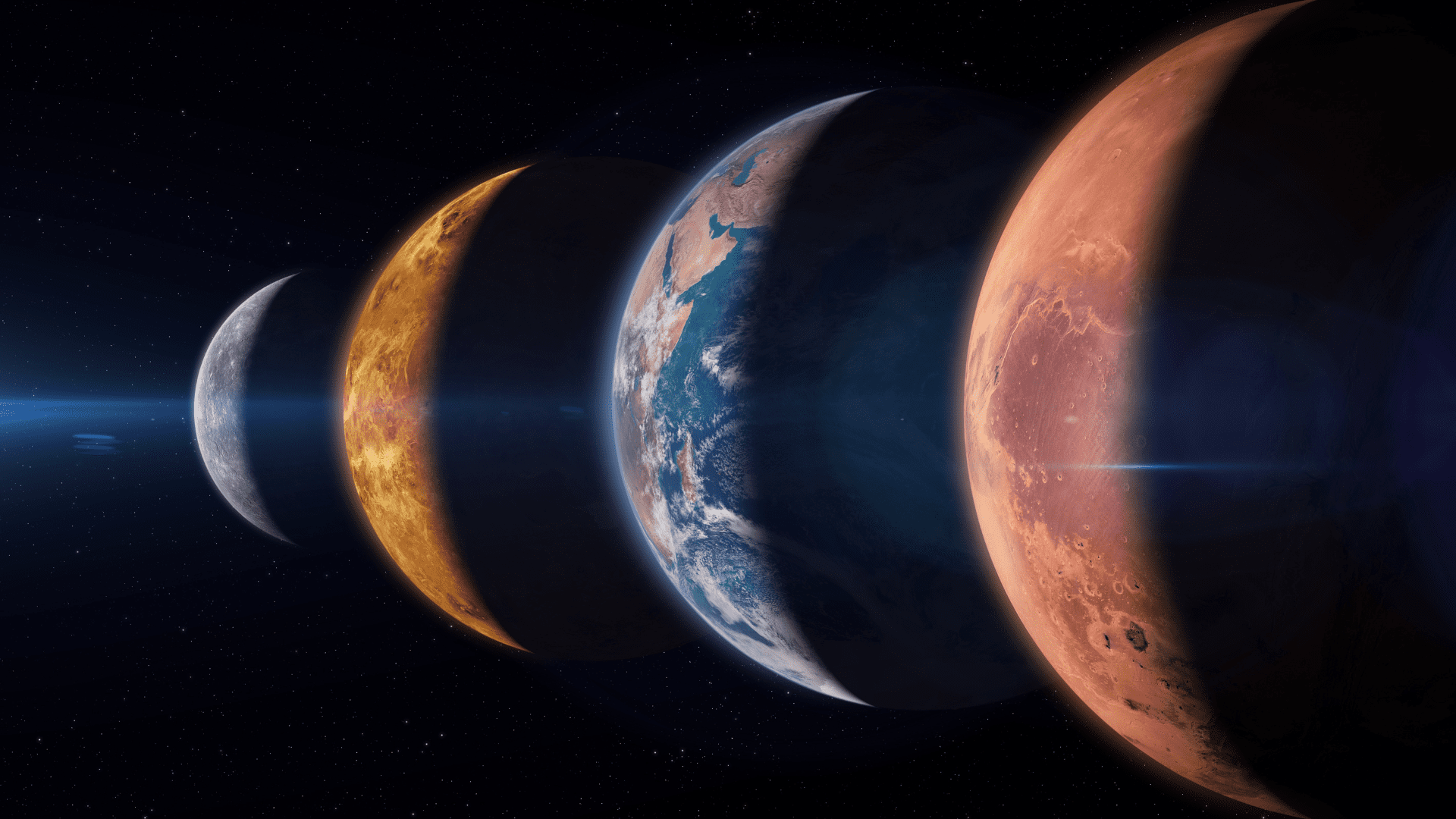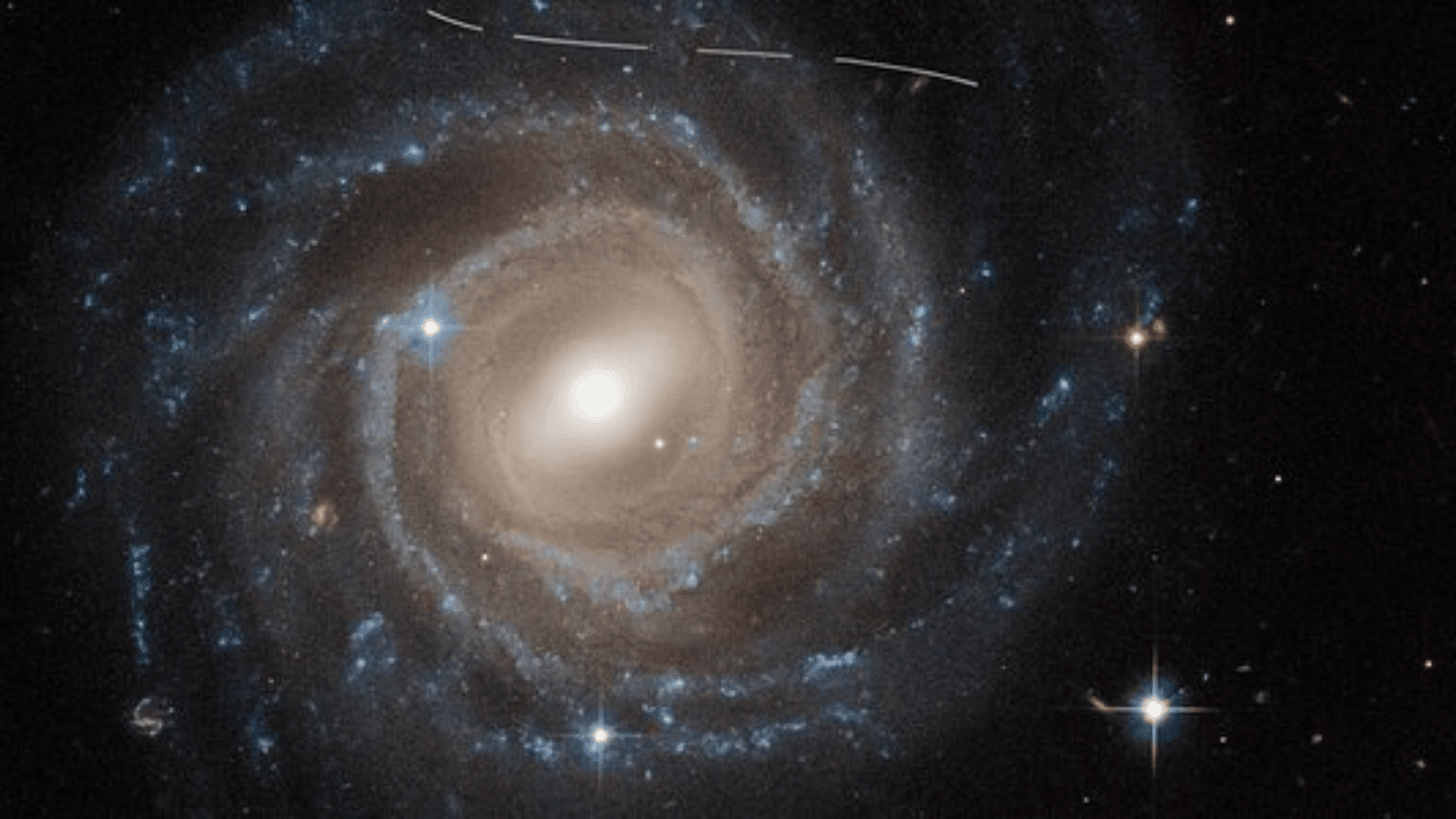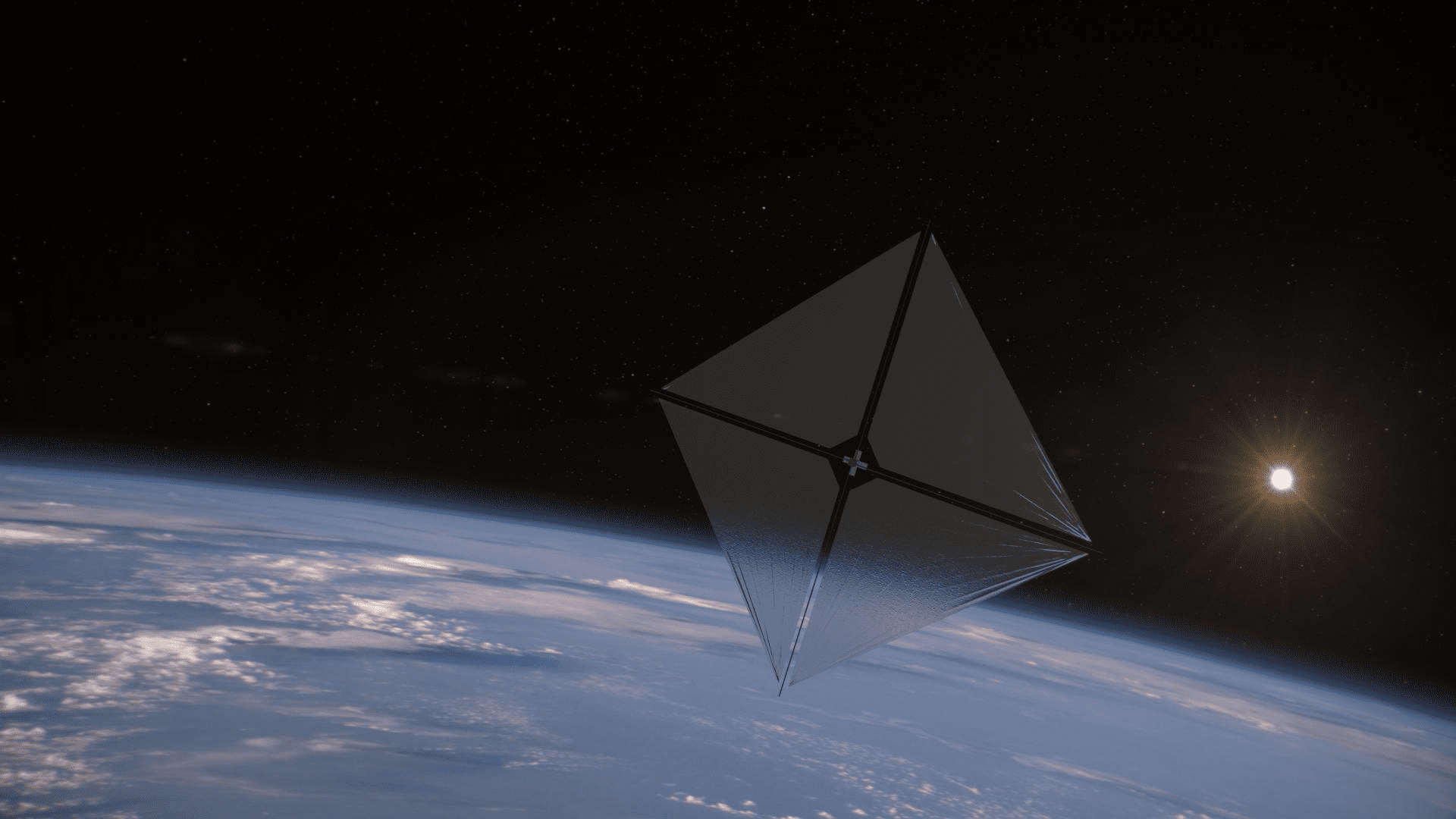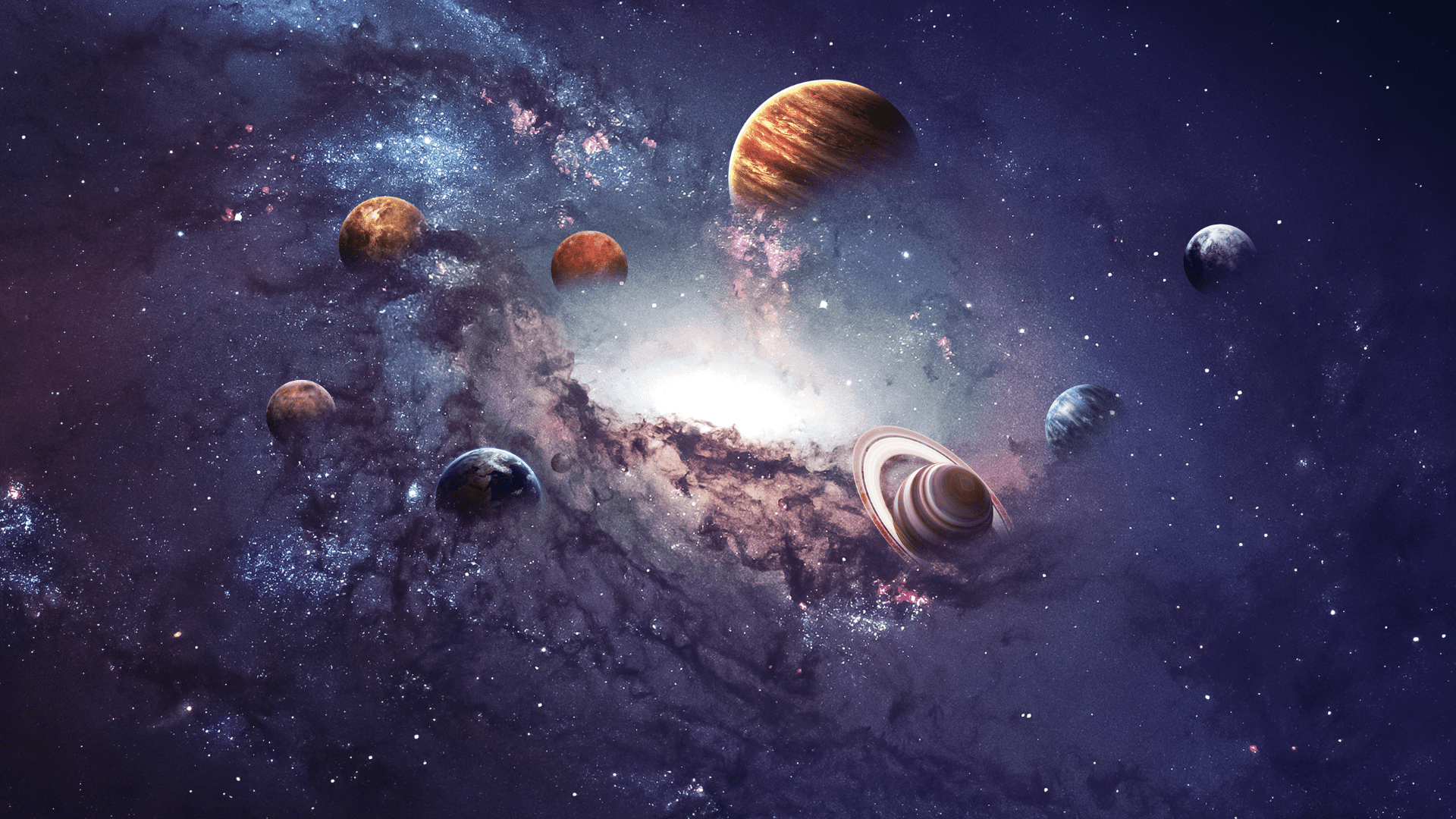For amateur or stargazing enthusiasts who have never spotted the plant Mercury in the sky, now is your chance. For two weeks, starting on May 6, there are great opportunities to see the solar system’s innermost planet.
Swift Mercury

Mercury is known as the “swift planet” and rightfully so. The planet sits closest to the sun and orbits the sun in just 88 days. It is notoriously difficult to see because it is either lost in the Sun’s glare or on the other side of it. Because Mercury is close to our star, the swift planet we can only see it from Earth during twilight, or when the Sun is about to rise or recently set.
Since Monday, May 6, Mercury has been at its highest of the year. The planet is at its “greatest elongation.” This is the largest gap between Mercury and the Sun as we see it from Earth. These greatest elongations happen about every three or four months. But, a few things make the planet easier to see. The crescent moon visited as the planet reached its highest point, which makes the planet relatively easy to find.
Explore Tomorrow's World from your inbox
Get the latest science, technology, and sustainability content delivered to your inbox.
I understand that by providing my email address, I agree to receive emails from Tomorrow's World Today. I understand that I may opt out of receiving such communications at any time.
Spotting Mercury
On May 6, Mercury was just above the crescent moon, making it simple to spot but tiny. This made it difficult to see during its two weeks of peak visibility. However, on Thursday, May 9, that changes. This is when the swift planet is at its greatest elongation west above the Sun. In addition, you’ll also see Mars and Saturn. On May 9, Mercury will be the farthest from the sunrise. However, on Tuesday, May 14, Mercury will be at its highest point above the horizon. Having a pair of stargazing binoculars or a nice small telescope helps view the elusive planet.
Exploring the Swift Planet

Mercury is the only planet in the inner solar system that a robotic mission has yet to land on. The inner solar system consists of Mercury, Venus, Earth, and Mars. However, we have done imaging of the Swift planet. NASA’s Mariner 10 did three flybys for imaging in 1974 and 1975. Additionally, from 2008 to 2015, NASA’s MESSENGER mapped it.
There are plans for future exploration. BepiColombo is on the way to Mercury, and it is a joint mission with the European Space Agency and the Japan Aerospace Exploration Agency. Once the mission reaches the tiny planet in December 2025, two satellites will orbit the planet. It plans to study craters, geology and composition, atmosphere, and magnetosphere.







